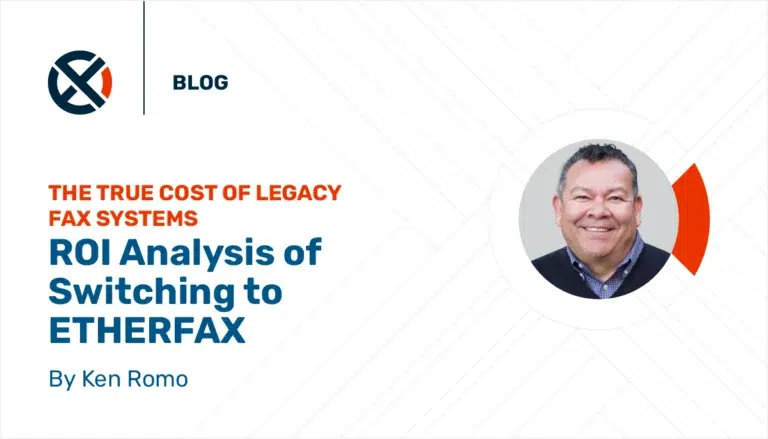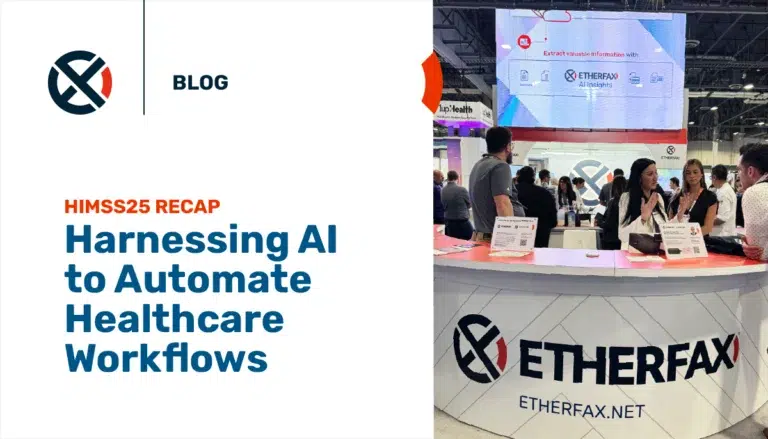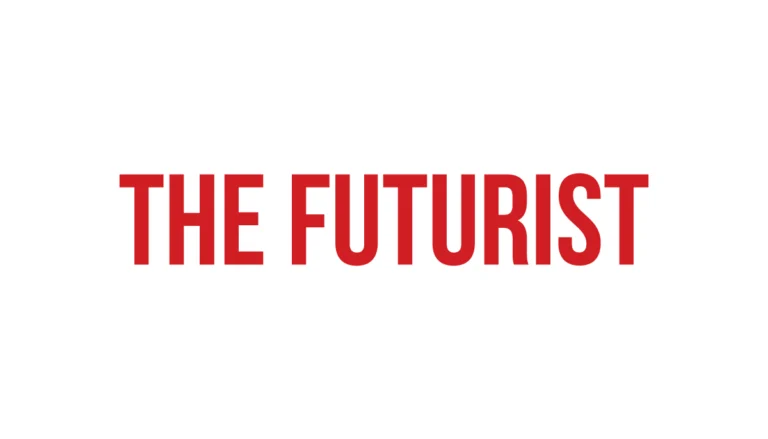At the 2018 Cyber-Risk Quantification Conference hosted by Drexel University’s LeBow College of Business, Dr. Sung Choi, a researcher at Vanderbilt University reported that more than 2,100 patient deaths are linked to hospital data breaches each year. According to Dr. Choi, data breaches trigger remediation activities, regulatory inquiries, and litigation in the years following a breach that disrupt and delay hospital services, leading to a decline in patient care and an increase in mortality rates.
Dr. Choi cited data from the U.S. Department of Health and Human Services and the Centers for Medicare & Medicaid Services to compare patient care metrics at hospitals that have and have not experienced a data breach. Dr. Choi stated the proportion of heart attack patients who die within 30 days of being admitted to a hospital increased by 0.23 percent one year after a breach and by 0.36 percent two years after a breach, which represents 2,160 additional patient deaths annually.
With any type of healthcare data breach, some sort of disruption within a hospital is expected to occur. However, when data breaches begin to preoccupy doctors to the extent that patients no longer receive quality care – the situation becomes dire. Healthcare organizations must employ proper security measures to not only resolve the after effects of a breach, but also to prevent them from happening in the first place.
ETHERFAX is fully aware of the deadly impact that cyberattacks can have on hospitals and takes every precaution to guarantee secure communications and improve patient care. As security is our top-priority, ETHERFAX has implemented multiple defense-in-depth strategies including end-to-end encryption to avoid healthcare data breaches.
With over six million connected endpoints, the ETHERFAX Secure Exchange Network (SEN) is the world’s largest ecosystem supporting every major fax server, application and fax-enabled device. As a fully HIPAA compliant fax solution, ETHERFAX SEN has the ability to route documents and faxes to other ETHERFAX peers within the ETHERFAX network to ensure sensitive data and PHI is never transmitted through an external telephone network.
To securely transfer information between two endpoints, ETHERFAX SENx utilizes well-defined end-to-end encryption methods such as those defined in the Elliptic Curve Integrated Encryption Scheme (ECIES). The hybrid encryption scheme uses Elliptic Curve Cryptography to generate a shared secret between peers to seed the encryption process with unique keying material while signing and authentication mechanisms assure the validity of the data in transit.
Lastly, ETHERFAX’s entire network and data center operations have been built with multiple layers of redundancy to ensure reliability, performance and uptime. ETHERFAX Disaster Recovery (DR) guarantees uptime when existing telephony equipment fails due to technical failures, catastrophic events or natural disasters. Our global team and strategically located data centers in North America, Europe, and Asia continuously monitor events around the clock to ensure that all transmissions remain secure.
To ensure your healthcare organization is protected against potential cyberattacks and your hospital avoids data breaches, contact us today.




